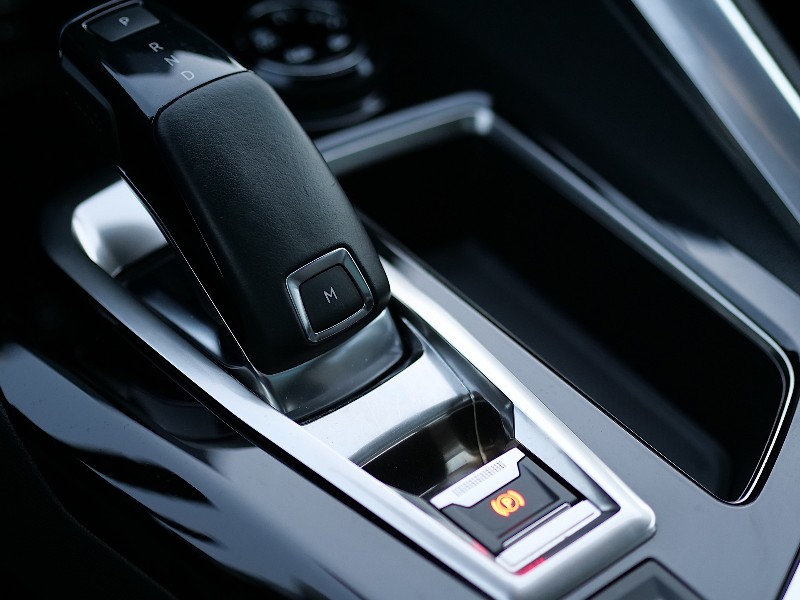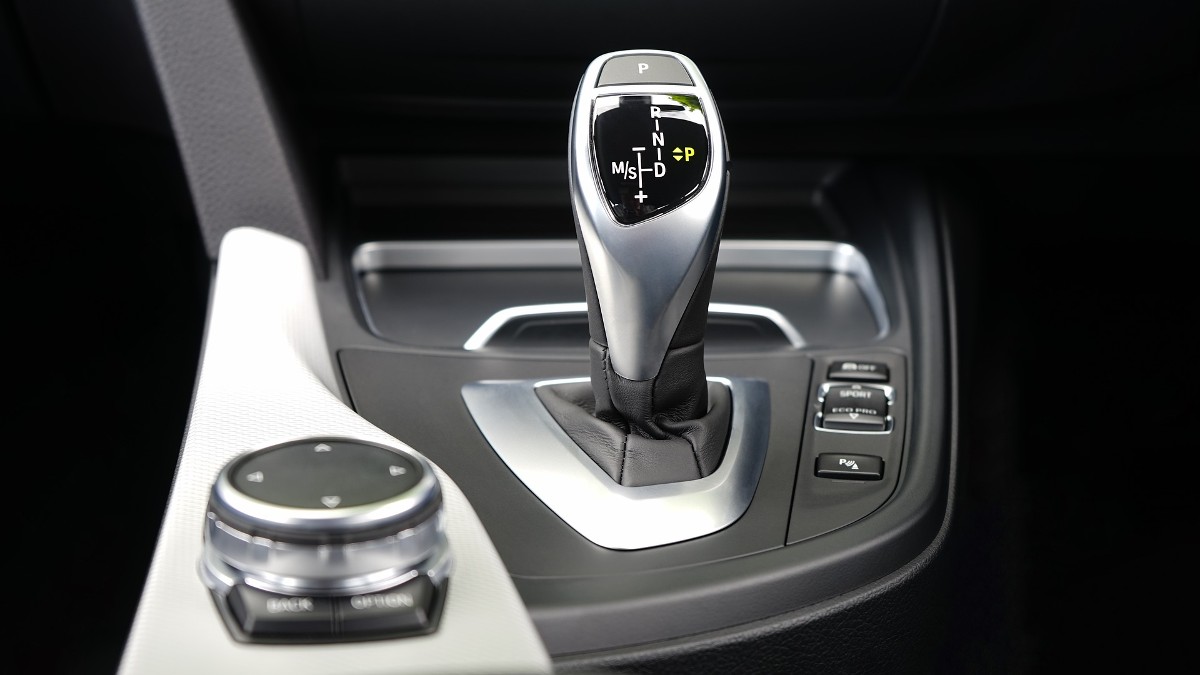One of the most important aspects of learning to drive is becoming familiar with the gears. This is important for all cars whether they have manual or automatic transmissions. The gear shifter is the component that helps you change gears and it’s common to see positive (+) and negative (-) signs on the gear shifter. What does this mean? We look into this and more in this article.
The plus and negative signs on a gear shift indicates upshift and downshift respectively. Upshift means switching to a higher gear while downshifting means shifting to a lower gear.
Knowing the right gears to use and how to shift gears is important for efficient and safe driving. And in this article, we’ll focus on upshifting and downshifting.
Becoming Familiar With The Gear Shifter
The gear shifter functions as the name imply – it helps you change between different gears. Most cars have five to seven gears with most of the gears being forward gears and one being the reverse gear.
Located between the driver’s and passenger’s seats, the gear shifter is also referred to as the gear stick and has a shift knob that displays the shift pattern. In an automatic transmission vehicle, the gear shifter is referred to as the gear selector or PRNDL (pronounced Prindle) with the letters representing different gears.
P is for Park, R is for Reverse, N is for Neutral, and D is for Drive. These gears function as their name implies.
Plus And Minus On a Gear Shift
The plus sign on a gear shift means upshift while the minus sign on a gear shift means downshift. When you upshift, you are engaging a higher gear while downshifting involves switching to a lower gear.
As a driver, you have to know when to switch to a higher gear as well as when to engage a lower gear. Some driving situations warrant a higher gear and vice versa.
When To Downshift A Car?
Downshifting a car comes in handy in low traction situations or when you need to slow down the vehicle without engaging the brakes such as when approaching a turn. Driving in higher gears in this situation means the transmission is spinning your wheel but your vehicle isn’t moving.
This will result in the transmission fluid overheating and the engine overworking itself. Ultimately, this can damage the transmission of a car as well as the tires. The gear components are not spared as they become more prone to wear and tear.
Below are situations where you’ll need to downshift:
Driving on icy or slippery roads: Downshifting on icy roads means significantly reducing the risk of your car locking up and sliding. Snow is also one of your brake’s biggest enemies and you won’t need to use the brake as much if you use low gears and which offers you more torque and better control.
Pulling out of a snowbank: You should use lower gears when pulling out of a snowbank for the reasons discussed above.
Towing a trailer: You must choose lower gears when towing a vehicle to reduce the stress on the braking system. In vehicles with tow/haul mode, you don’t need to worry about engaging lower gears as using this mode will provide the same results for you. This will help keep your vehicle at a speed you are comfortable moving at without placing a lot of strain on the brakes. You should also switch to lower gears when traveling in mud.

When To Upshift A Car?
Upshifting involves shifting to higher gears and is done when you need to accelerate or gain more speed. Usually, you need to keep an eye on the tachometer or RPM gauge of your vehicle to know when to upshift.
You are supposed to upshift when the tachometer reading gets to 3,000 RPMs. I’d you shift too soon, chances are that you’ll feel your car shuddering and you’ll need to switch to lower gears to keep it from stalling.
High gears are useful for traveling at fast speeds on main roads, expressways, or high roads. Since the engine operates more slowly when higher gears are engaged, driving in higher gears can increase fuel efficiency.
10 Warning Signs Of Transmission Issues
Below are signs there’s an issue with your transmission. You’ll need an experienced mechanic to take a look at your car when you notice any of these signs. Here we go:
Difficulty Changing Gears
When you find it difficult to change gears, then there is a problem with your vehicle’s transmission. Sometimes, you may not be able to change gears at all, and reasons for this could be low transmission fluid or using incompatible transmission fluid. There could also be a problem with one of the transmission components.
Burning Smell
The burning smell could be caused by several things, one of which includes an issue with the transmission. Always have a mechanic inspect your automobile whenever you perceive any burning smell. The underlying cause could be something simple or serious. But you shouldn’t take any chances and have you inspected by a mechanic.
Noises When In Neutral
This is a surefire sign that something is wrong with your car’s transmission. Depending on the degree of damage to the transmission, you may need to only change the transmission fluid. If you aren’t so lucky, the noises you hear when your car is in neutral could be due to extensive damage to some of the transmission components and you shouldn’t delay a trip to an auto shop.
Slipping Gears
It’s alarming and unnerving when your car slips from one gear to another without you initiating the change. It’s even more dangerous when this happens as the risk of an accident is significantly increased. As a result, you shouldn’t take slipping transmission lightly and should ensure you get your car fixed as soon as possible.
Leaking Transmission Fluid
It’s easy to know when your transmission fluid is leaking as you’ll see red-colored fluids or puddles under your car after parking for some time. Generally, it’s recommended you always look underneath your car for any potential leaks.

